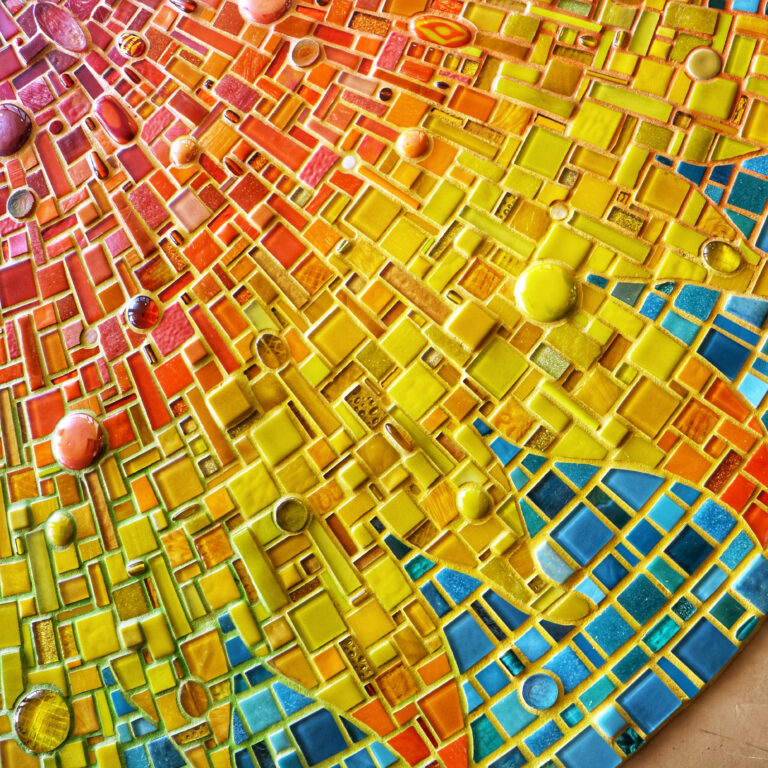Let’s talk about the art club. If you’re an art teacher you would be the natural person to supervise an art club. I know in one of my schools a student approached me about starting an art club and I have to admit, I groaned. Of course, I want students to make great art and be enthusiastic about art, but I did not need one more responsibility. We did start the club, to mediocre success. Eventually, I developed a successful approach that worked well within the circumstances at that school, and every school is different.
What Art Club Is NOT
First, let’s talk about what an art club isn’t. It isn’t a replacement for art class. I had so many parents ask if their child, whose passion was art, couldn’t simply make room in their schedule for other classes, and “just do art club.” No, if it’s their passion and possibly a future career path, they absolutely can’t expect art clubs to take the place of a class. Art clubs will never prepare students with all the skills needed to prepare a portfolio. Plus, most students benefit from a class that allows creative expression and hands-on problem solving to balance their school day. In my opinion, having a thriving art club is usually a sign of a thriving art department and that priority should never be lost.
Art clubs are also not babysitting or a dreaded extra “job.” It can be but it shouldn’t be, and you shouldn’t let it be. A true club has leaders who show up and plan. Too many children in my last school wanted a club leadership position but it was all on paper and rarely in real leadership. If students are showing up for an art club it should be made clear that they are engaged in art-making, planning, organizing, cleaning, volunteering, etc. How that happens is often in the structure you impose.
Art Club advisor is not a volunteer position. This means you are paid comparable to what other established clubs advisors do and materials are supplied either through a generous budget that can supply art classes as well as an after-school program or with a separate budget to spend on the club activities. Some programs are run by students paying a club fee.
Art Club models
I have observed some models that exist and they can be mix and matched. There is no wrong or right model but there are models that will work better for you and your school.
Open studio time This is by far the easiest approach. You make available time, art supplies, and your expertise. Students can show up and create with like-minded peers. The downside, students have to be quite self-motivated. They may flounder without set activities. It can lead to kids just hanging out and not feeling really engaged. It is great to supplement your active program because your true “arties” will have school assignments that they will finish up, they will enjoy showing it off. Your art classes get to see each other and mix it up. Sometimes friends join or visit and it becomes a nice relaxed time.
Planned Activities This takes more leadership and student initiative. You meet with your leaders separately and decide how often you will meet and what activities you will do when you do meet. Often 1 or 2-day projects work best. For example, I hosted a clay ornament activity in November (it was at a Catholic school so Christmas was not an obstacle. Students might have their own skillset to share, like artists trading cards or Manga. Parents or other guests can also be called into action to share a skill.
Class format So, I see this model in elementary schools and middle schools primarily. Parents sign students up for planned offerings. This might mean you offer linoleum printmaking for six weeks. Or that students sign up for Tuesdays 3:30-5:00 once a week and you do projects not unlike what you do in school. It usually involves a cost to parents to fund the teacher and supplies.
National Art Honor Society So, my first position was at a school that had a very active National Art Honor Society (NAHS). In their own words their select members, “hold fundraisers to raise money for scholarships, contribute to the community through storefront paintings and murals, go on a bus trip to the Metropolitan Museum of Art in NYC…and run workshops where they teach one another art skills they are interested in.”
This is a model that I eventually settled on for my last school. I offered a point system as part of the entry into the NAHS. It required students to be enrolled in an art class, maintain a certain GP in their art class as well as a lower overall GPA. The points could be earned in different categories such as leadership in the arts, community service in the arts, and enrichment opportunities in the arts. I offered opportunities all year long. Opportunities included helping hang art shows in our school gallery, participating in a college visit and portfolio review, and even helping clean the art room at the end of the school year. Other opportunities to serve the school included things like developing the school yearbook cover or being selected for the school’s holiday card, etc.
Project Focus The last format for an art club to take is to become project-focused. That means, undertaking a project that will become the focus of the club. That might be the creation of a mural. That might be focusing on creating the school’s art and literary magazine. It might mean you collaborate with other clubs for their art needs such as painting the school’s playsets. Do you know how people are always asking for your art skills to do all those extra things? Now, that feeds the needs of your art club.
Mix and Match The nice part of running a club is that you usually have to discretion to design what works best for you and the school. These formats can be blended to a degree. For example, you can have some planned activities and some open studio days. You can have some large projects and some small projects that vary from year to year.




